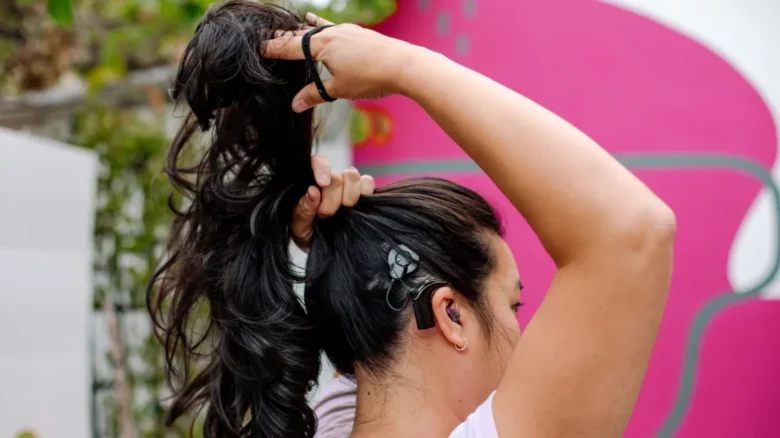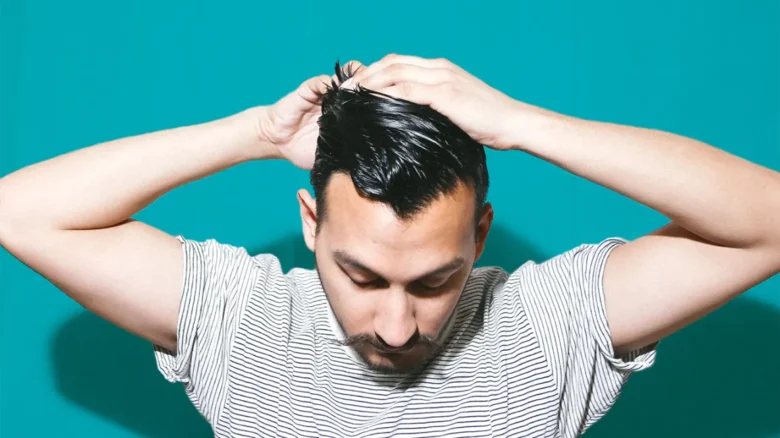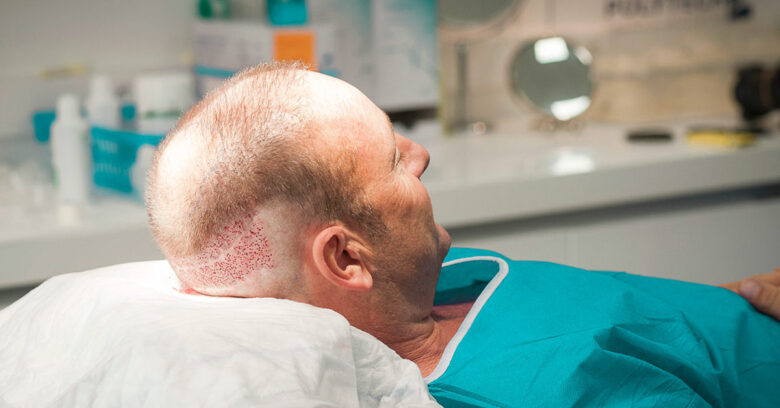Many people struggle with different medical and physical conditions each day. Hair loss is not a condition many people would imagine struggling with or becoming victims. It is a condition that affects both men and women. However, the proportion of men who are affected by signs of balding is about one and a half times more than women.
The solution, however, is not far to seek. Though instances of hair loss might seem trivial at first, there is no ignoring it, given the tremendous psychological effect it exerts. It is advisable to seek medical treatment from the best doctors. For instance, you won’t go wrong by visiting the best hair transplantation clinic near you.
Besides getting the best diagnosis and treatment for hair loss, you will fight off the psychological effects of the condition. According to experts from NewHairClinic, common psychological problems associated with hair loss include:
- Anxiety
- Lack of interest or pleasure in different activities you used to like before
- Social phobia stems from the fear of ostracization
- Depression
- Sleep deprivation
- Low mood
- Social anxiety disorder
- Low Self Esteem
Contents
What Else To Know About Hair Loss?

Source: healthline.com
Signs of balding are phenotypic traits that are a culmination of several factors put together. Many factors can contribute to balding, like having a genetic history of balding; this often runs in male lineages; that is, if your grandfather and father faced early signs of balding, chances are that you will be a victim as well. Apart from sudden changes in the body’s hormonal levels or exposure of hair follicles to harsh treatments, chemoradiation can also trigger sudden balding.
However, it is essential to know how it proceeds once symptoms of hair loss begin to show; whether most hair is lost, or is there a likelihood of regrowth to its natural appearance. Other things to know before seeking treatment may include:
- If the hair does grow back, you will likely experience repeated episodes of hair loss.
- The texture and color that grows back may be different from the hair that you had earlier
- Medical treatment is limited, especially for severe types of hair loss.
- Surgical options may offer practical solutions in severe cases but have their limitations like the risks of post-surgical allergy and subsequent inflammatory reaction, the chances of infection and bleeding at the site of the hair graft.
Hair Loss Diagnosis
Hair loss can occur anywhere in the body, it might be a side effect of severe diseases like arthritis, cancers and high blood pressure thus sudden balding requires an expert’s help to diagnose the condition. However, you can quickly notice some common signs of hair loss. A physician can also easily distinguish hair loss caused by a health condition from age-related hair loss.
Hair loss is commonly classified as non-scarring and scarring alopecia. Further, hair loss can be categorized as diffuse or focal on the scalp..Understanding each classification is the first step in a hair loss diagnosis.
1. Focal Hair Loss
Source: donovanmedical.comHair loss in this category may be caused by underlying conditions causing scarring or nonscarring alopecia. Patients experience bald patches on the scalp due to sudden hair loss.
2. Diffuse Hair Loss
In this classification, hair loss is characterized by conditions that cause hair shedding and predominant hair thinning. There is more widespread hair loss due to graying of the hair and old age.
3. Other Hair Loss Diagnoses Include:
Dermatologist checking your medical history.
Physical examinations will consist of pull and tug tests, card tests, and blood tests.
A fungal culture where the doctor checks for fungus in scalp cells or hair.
Punch biopsy where they puncture the scalp to get a small tissue sample for testing.
Checking whether you suffer from thyroid disease and iron deficiency.
Hair Loss Treatment

Source: healthline.com
Age-related hair loss or a different form of inherited hair loss may be challenging to reverse. The good news? There are some recommended treatments to help reduce hair loss, replace damaged hair or stimulate regrowth.
Some of the effective methods to use and treat hair loss include:
1. Medications
There are recommended over-the-counter medications available for treating hair loss. There are mainly ointments and foams that you can rely on for treatment. Common medicines like Minoxidil and Finasteride are great for male pattern baldness and hair regrowth.
Minoxidil promotes hair growth in many ways, like increasing the size of the hair follicle and regulating the functioning of some ion channels in the skin that forms the scalp. Minoxidil starts acting immediately but would require continued use for a few months to get visible results.
Finasteride increases the male sex hormone testosterone levels in the body. Again like Minoxidil, this drug takes a few months of continued use to get noticeable results.
Drugs like Minoxidil and Finasteride can do wonders for those who suffer from early signs of balding. Yet, one must take these medicines only after exercising due precaution since these drugs can have side effects like the development of acne, inflammation of hair roots, etc.
2. Therapies
Therapies involve the use of creams, shampoos, ointments, and a combination of drugs. However, they must be prescribed by a dermatologist, and face-to-face sessions can work miracles.
3. Surgery

Source: healthline.com
Hair transplantation is the most common hair loss surgery recommended by many dermatologists. It involves the removal of hair follicles from the back of the head and placing them on the bald scalp. Each graft patch contains several strands of hair and is called micro or a mini graft, depending on the number of hair follicles transplanted. A licensed, experienced, and certified surgeon should undertake the procedure.
4. Laser Combs
Laser therapy is the use of lasers to stimulate hair growth. Lasers are usually considered a safer option as compared to surgical transplant procedures. Hence laser-based stimulation is the first option availed by dermatologists when deciding on a treatment regimen for balding.
When used with shampoos and foams of Minoxidil and Finasteride, laser combs help stimulate hair growth. The laser light that is used to stimulate hair growth is usually low intensity, red laser light.
5. Cosmetic Options
Global estimates suggest that roughly 150 million people suffer from balding. Most people go for cosmetic options rather than bold measures like laser therapy and surgical hair transplants.
Wigs and hairpieces are preferable nonmedical options that help in treating hair loss. They offer an incredible way of concealing hair loss.

Source: terramedical.sg
Summing Up
It is possible to diagnose and treat hair loss. You shouldn’t hesitate to call your doctor when you notice different hair loss symptoms. With increasing image consciousness in a highly connected digital world, when selfies and pictures are shared several times a day, hair loss issues should be dealt with promptly and with confidence.
In the 21st century, the market share for hair care products is a whopping 24% in the multi-billion dollar beauty industry. People are ever more willing to spend on their appearance, and shelling out a few dollars for filling up bald patches and repairing receding hair seems a good deal.
For your balding issues, you should consult a professional from a reliable clinic who is ready to offer several tests and find the right treatment for hair loss.
